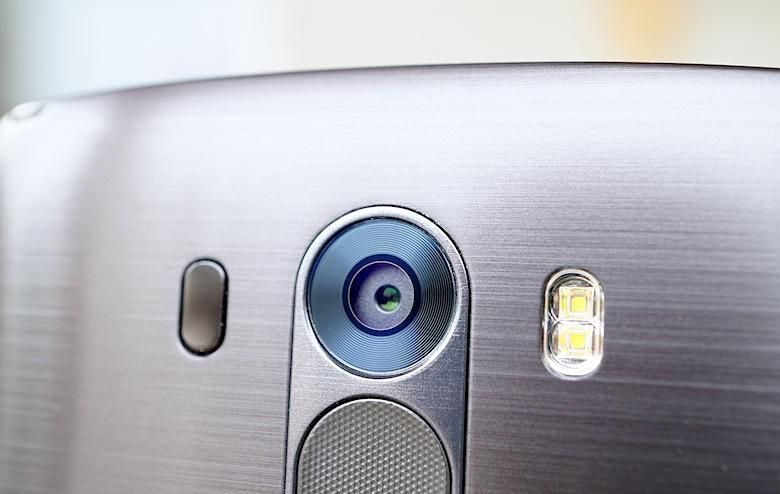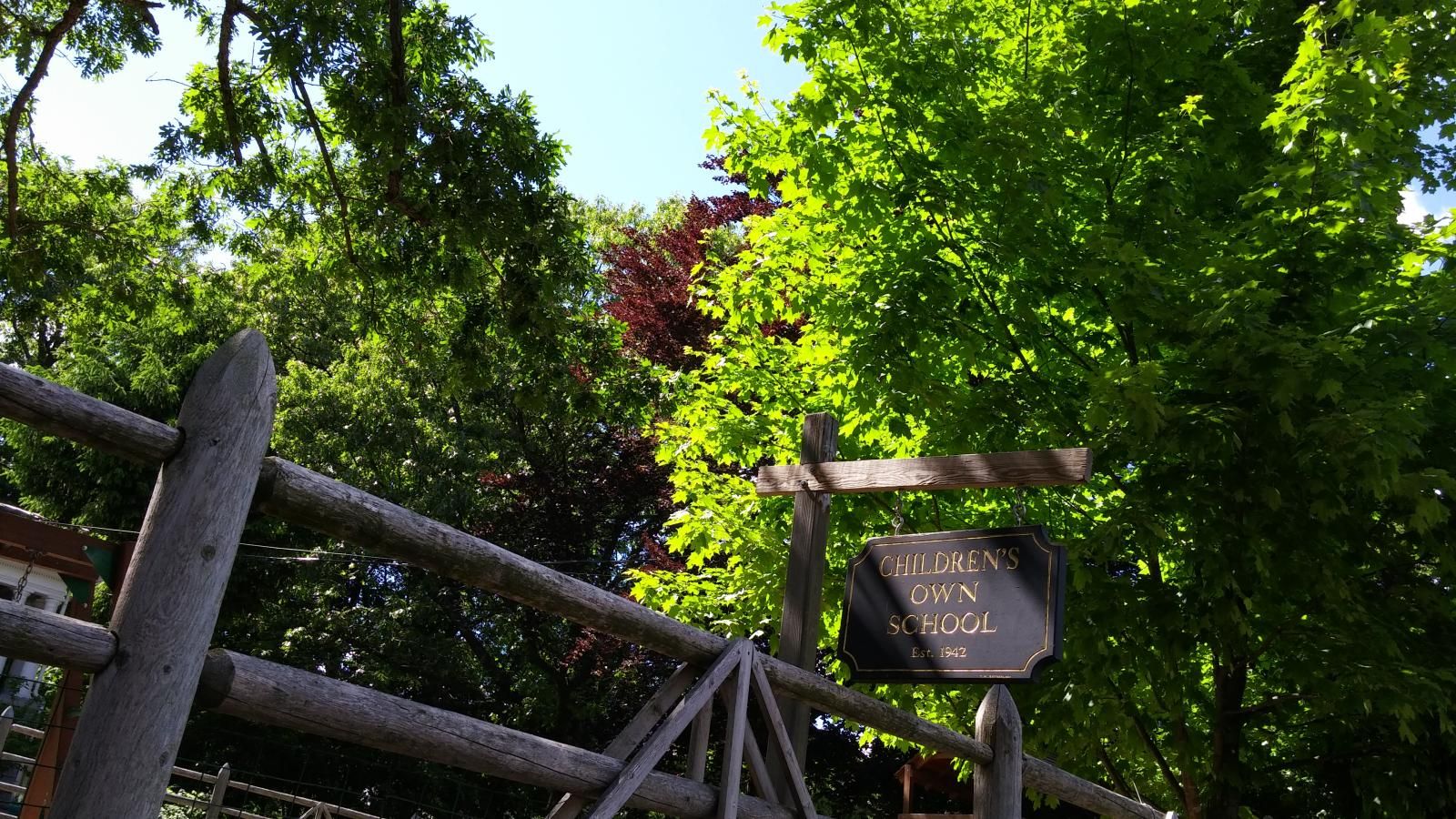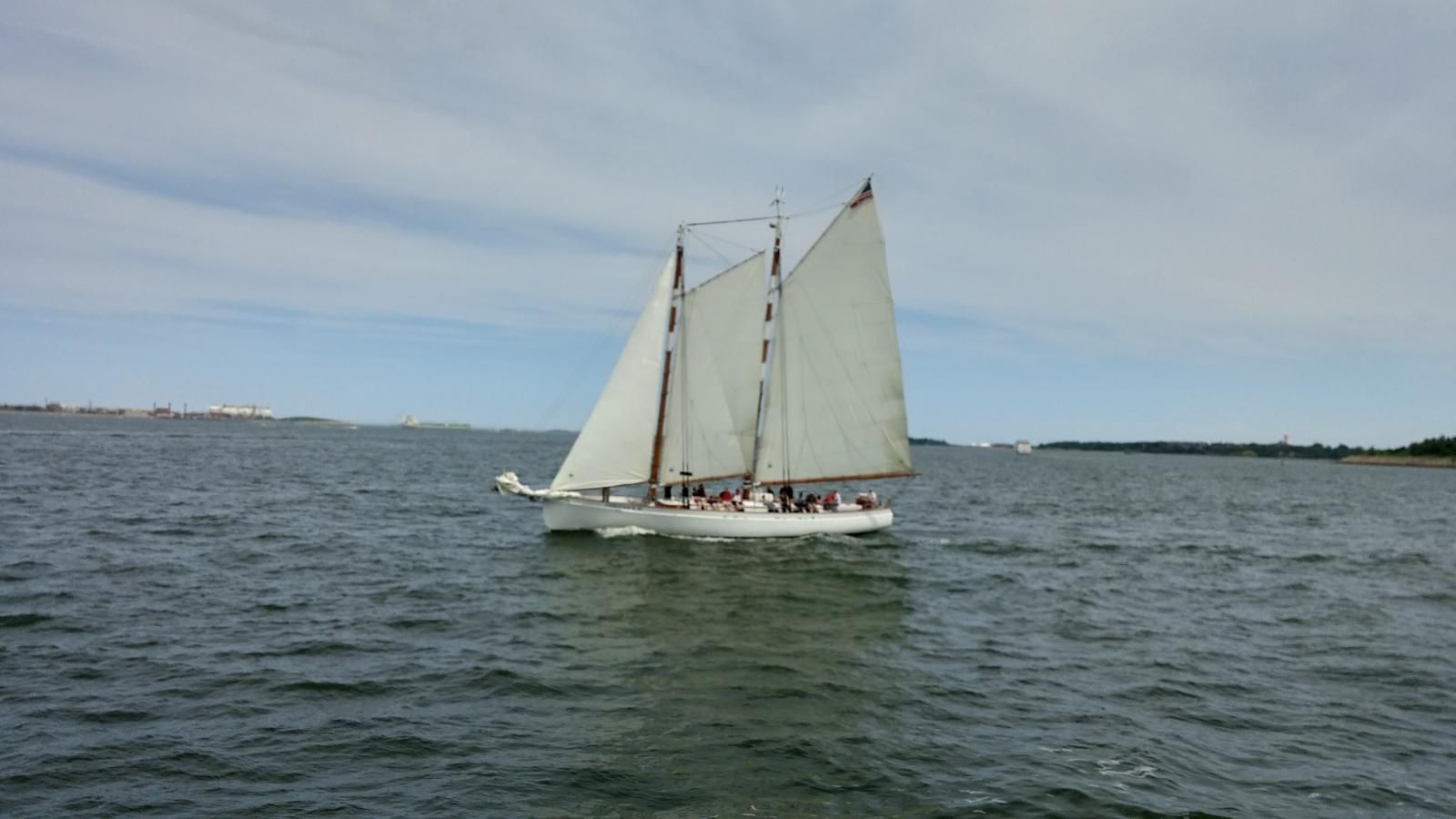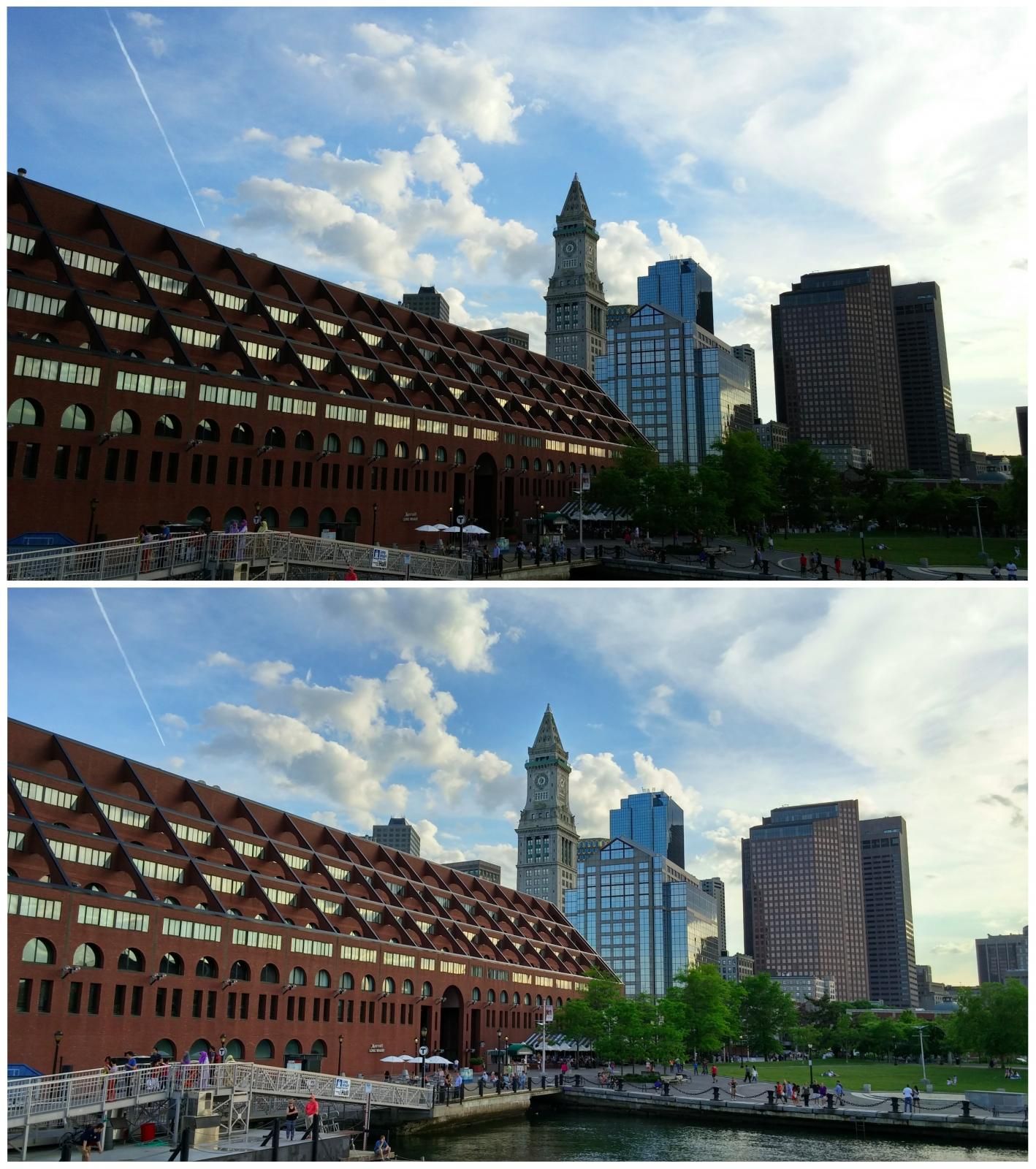When LG announced its 2014 flagship smartphone late last month, the new device’s camera was one of the halo features the company focused on (haw) during its unveiling. LG had impressed us with optical achievements before: the optically-stabilized shooter built into last year’s G2 was one of the highlights of our review of that device, and even its OIS-less counterpart in the curvaceous G Flex managed a few fun shots during our time with it. But this time, LG intimated, was different.
A 13MP sensor with a laser-assisted autofocus, dual-LED flash, and something called “OIS+” provides the bulk of the new G3’s shooting capabilities, backed up by a 2.1MP camera on the front side for all your selfie/Dual Shot needs. LG says the main camera’s focus time has been reduced to as little as 220ms thanks to the laser that fires from the port alongside the lens. According to PhoneArena, the “OIS+” business is a combination of optical stabilization and electronic stabilization (first seen in LG’s G Pro 2) that results in a 20% reduction of shake-induced blur in photos from the G3.
Our full review of the LG G3 is forthcoming, along with some in-depth comparisons with a few of its competitors from other manufacturers. We’ve also spent enough time with the G3 to form some initial impressions, which can be seen here:
It was during the creation of that video (shot in and around Greater Boston here in Massachusetts, in case you’re wondering) that we amassed a respectable roll of LG G3 camera samples taken in a variety of lighting conditions. Rather than sit on those samples until our full review comes out, we’ve elected to share them with you early, so those of you considering the G3 can have a few more nuggets of insight to help you in making your decision.
A few notes: while the G3 is capable of shooting stills in full 13MP resolution, such photos are restricted to a 4:3 aspect ratio. Because of our preference for 16:9 shots, and because of the out-of-box defaults on the G3, most of the samples below are 10MP photos. Also, don’t forget that this isn’t the full sample roll: we’ll have more photographs and more insights in our full LG G3 review coming soon!
LG G3 Camera Samples: Daylight
Photos taken in broad daylight show the G3’s affinity for producing vibrant, saturated colors. In photos containing areas of exceptionally bright light, there’s a tendency to overexpose when shooting in automatic.
While there’s some evidence of artificial sharpening in some photos, even the 10MP images provide readable text when magnified: note the sign-maker’s signature, fully legible when zoomed in.
Click to expand.
True to its promise, the laser autofocus is super-quick in most cases. Unfortunately though, it isn’t foolproof. Whether due to boat-bounce or distance to the subject, this photo came out rather blurry despite the focus cue being positioned over the sails when we took the photo. The focus point is obviously much closer to us.
Click to expand.
LG G3 Camera Samples: HDR
When shooting with HDR mode in “automatic,” the mode is rarely triggered. Obtaining HDR benefits (expanded detail in areas of extreme shadow and highlight) more often than not requires manually forcing the viewfinder’s HDR setting to “on.” The “halo effect” of artificial brightening is more prominent in some photos than others.
The effect of HDR mode on a photo with variable lighting areas is most prominent in this (resized) side-by-side shot of the Boston skyline near sunset:
Automatic top, HDR bottom (click to expand)
LG G3 Camera Samples: Low Light
The software build of the device we’re testing (the South Korean LG-F400K) doesn’t offer manual mode selection for low-light photography. As a result, we tried a variety of modes ranging from automatic to HDR for best results in low light.




